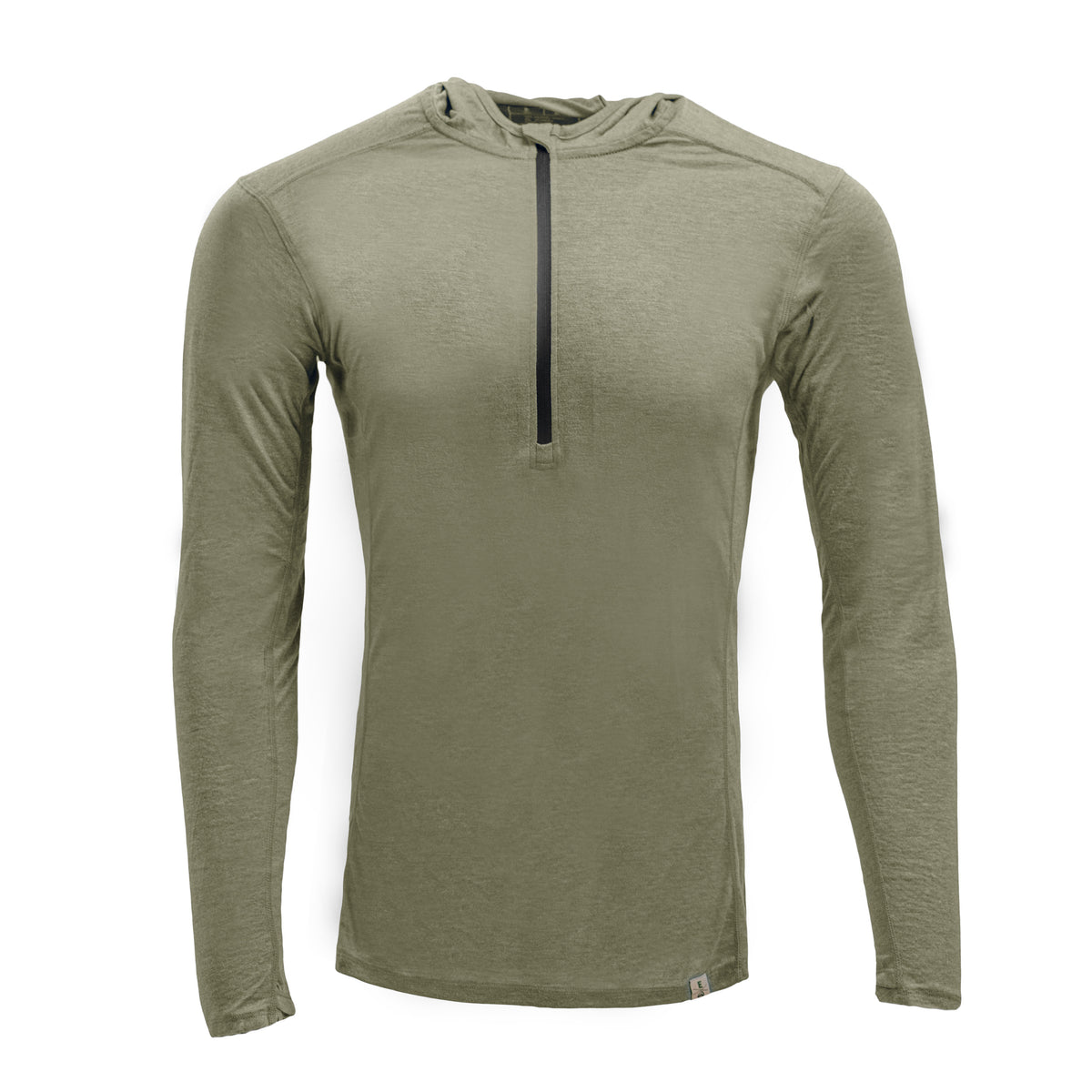Hikers of any length face a brutal reality. Miles pile up. Feet break down. So some basic strategies can make or break your trek. Moisture-wicking socks? Non-negotiable. Those fancy trekking poles people carry? Actually useful, not just for show. Taking smaller steps preserves energy—who knew? And those frequent breaks people skip to "make better time"? Essential for recovery and preventing muscle lock-up. Sharp eyes prevent face-plants. The difference between limping home or conquering that mountain often comes down to these overlooked details.
Whether your trekking through dense backcountry forest trails or scaling scree covered mountainsides, hikers need more than just enthusiasm most times to conquer the trail. Proper gear selection separates the pros from the blistered masses. Trekking poles aren't just for senior citizens—they provide stability, reduce joint impact, and engage upper body muscles when legs start crying for mercy.
Moisture-wicking socks paired with breathable footwear? Non-negotiable. Your feet will thank you when they're not swimming in sweat.
Moisture management isn't optional on the trail—it's the difference between victory and soggy defeat.
Sun protection isn't discretionary either. Wear high UPF hoodies and then as needed for exposed skin slather on sunscreen and bug spray like your life depends on it—because on exposed ridgelines, it practically does. Just keep that chemical cocktail away from your eyes. Nobody conquers mountains while crying chemical tears. Wide-brimmed hats and sunglasses complete the "serious hiker" uniform. Quick-drying clothing is the difference between comfortable hiking and feeling like a walking swamp.

Smart hikers understand pacing. Consistent effort hands down beats bursts of speed every time. When hiking uphill, taking smaller steps helps conserve energy and maintain steady effort. Those trail runners blasting past you? They'll be the ones hunched over gasping when you steadily cruise by twenty minutes later. Align your breathing with your stride rhythm on uphills—it's not yoga class, but it works.
Most hikers travel roughly 3mph, so that's one mile every 20 minutes on flat terrain. Do the math.
Foot placement matters. Scan the trail constantly for obstacles. It takes one second of distraction to find a root with your toe. Keep feet dry or pay the blister tax. Check for hot spots in breaks—address them early or suffer later. Stretch in pauses. Your calves will revolt otherwise.
Break smart, not long. Five to ten minutes can be plenty, should you sit longer there is a chance muscles stiffen up like concrete. Use breaks efficiently: elevate feet, adjust gear, refuel with calorie-dense snacks, reapply sunscreen, check navigation. Long stops can kill momentum and motivation.
I have adjusted to this plan and love it
When scaling inclines, lean forward slightly. Take baby steps if needed. Mantras help: "One step at a time" beats "I'm dying" for effectiveness. Use those poles to push upward and spare your legs.
Navigation mistakes happen to everyone. If something feels off, backtrack immediately. GPS devices save lives—period. Always make sure to inform someone about your hiking plans including location and expected return time before heading out. Bad weather waits for no one. Check forecasts obsessively leading to the hike. Cell service spotty? Text 911 if truly lost.
The mental game matters most. The difference between finishing and quitting often exists between the ears. Break long trails into manageable chunks. The mountain doesn't care about your suffering. But with proper technique, you'll make it look easy.



